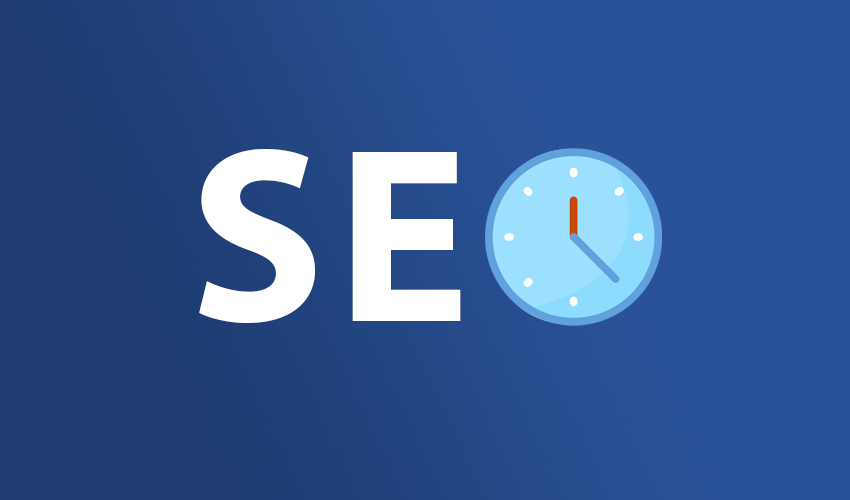Identifying the Problem
When a website is born it starts with a clean slate. By the time it gets to me it’s usually been severely abused by multiple SEO companies from the past. It really astonishes me how clueless everyone still is about what’s working and what isn’t. It’s kinda like when you’re driving and you feel like the ONLY person in the world that knows the rules of the road. You can turn right on red, and you can stop using social bookmarking, blog commenting and press releases as a source of backlinking. It will always be quality over quantity. Here’s what you don’t want to see:

That’s what the linking profile of a penalized site looks like. Highly authoritative sites can have a lot of backlinks but this is a small handbag business that doesn’t know much about SEO obviously. Rapid growth of cheap do-follow links will be the quick and swift demise of your site.
I got a call one day from a guy that owned a few sites in the entertainment business. The sites hadn’t been abused too badly and it looked as if there was still hope for them. This is always the first thing I research before moving forward with any client that contacts me. If a site is beyond repair, I’ll either build him a new one so we can start fresh, or politely decline. Working on a site that has been abused means fighting an uphill battle that you probably won’t win. It’s like trying to reverse bad plastic surgery. It’ll just never be the same. It’s so much easier to start new. That’s not to say you can’t recover a site, I just prefer not to waste any time or energy on something that isn’t guaranteed.
Check website linking profiles here:
I find that a lot of people have a hard time letting go of their website and starting over. Changing websites doesn’t mean you are changing your brand, it just means you are changing or adding another channel for people to get to your website. If you got in a really bad car accident and your car was demolished beyond repair, would you take it to the shop and waste your time and money repairing it? Of course not. Why should a website be treated any differently. It shouldn’t. Stop acting like your website defines everything about your brand, product or service. It’s just a channel.
When trying to identify the problem you need to look at why the site isn’t ranking well. Is it because Google is holding it back? Is it because somebody hasn’t done the link building portion properly? Is it because the onsite optimization hasn’t been done at all? These are all viable options and it usually falls under 1 or all 3. The most common culprit that I see on a daily basis is poor link building. That was the case with this client I decided to take on. He also had multiple onsite issues that were holding him back. Here’s what I did to rectify the situation and boost this clients website traffic by over 65% in only 30 days.
The Strategy Moving Forward
Step 1 – Removing Duplicate Content
The first thing I did was make sure there wasn’t any duplicate content. Sure enough I found multiple articles with the same content on multiple pages on the site. A lot of times people put this in as filler so that they don’t have blank pages. The problem is that Google gets confused when they find the same articles on the same site. They can easily de-index certain pages or even penalize you for this. This needs to be dealt with. Another option to deleting the duplicate content is to simply rewrite it. That is what I usually do rather than deleting it all together.
Step 2 – Indexing Issues
This site didn’t have an XML sitemap anywhere. Sometimes Google will find all the pages without having to do much. Other times you have to manually create a sitemap so that Google has a roadmap to all the pages on your site. What I did was to create one XML sitemap for Google Webmaster Tools and then submitted it for quick indexing. Then I went back and activated this wordpress plugin called sitemap that gives you a shortcode to place on a page that lists all the pages at once automatically. This allows page rank to flow through all the pages, which an XML site won’t allow. After a few days I did a site:clientswebsite.com search and found all the pages to be properly indexed. Here’s what you don’t want to see:

Step 3 – On-site Optimization and Content Creation
Adding a few H1’s and creating some minimal content was all it took to get this site headed in the right direction on-site wise. I made sure that every keyword we were targeting had the appropriate headers and the right amount of content for each page. I found quite a few pages with less than 150 words on them. I made sure there was at least 500 words on every single page. Google needs something to chew on and 150 words just isn’t going to cut it. You want your site to be rich in content not thin.
Step 4 – Link Building Efficiently
What does it really mean to have a quality backlink? That is the question everyone wants to know and understand. If you know link building, you hold all the marbles. Everyone wants to pretend that ranking a site is a little of this, little bit of that, sprinkle in some social media, and POOF! Page 1 souffle! It doesn’t happen that way. Anyone can rank non-competitive keywords with crap links but talk to the guys at the very top and the story is always the same. High PR contextual links. If you study the SEO going on in the most competitive niches in the world, I.E. lawyers, fitness, mesothelioma, etc. you will consistently see contextual links pointing to their clients sites from highly authoritative websites. The lower the OBL the better. Here are the two best link building guides I have ever read:
Backlinko’s Link Building Guide
The Advanced Guide to Link Building
For this entertainment client I created high powered contextual links, with unique content surrounding each link. Never copy and paste duplicate content to create a back link. Make sure it is always 100% unique. These links are so powerful that you start to see results in the first month. A lot of times you see HUGE results in the right niche. See most SEOers think they know how to properly build a link. The truth is that very few people understand what is working in terms of backlinks, let alone how to acquire them correctly. If you follow those guides you won’t be able to miss. Most people just don’t want to take the time and energy to do it right the first time.
The Results

This is the kind of growth you and your happy client want to see. More traffic equals more money. Powerful SEO creates big results, even in the first month. This won’t be short lived either. That graph will continue to grow exponentially. The formula is pretty simple. Do really good keyword research. Make minimal changes to the site. Follow it up with powerful link building practices. It doesn’t need to be more complicated than that. If you think your site is being held back or penalized, email me and i’ll take a look.







